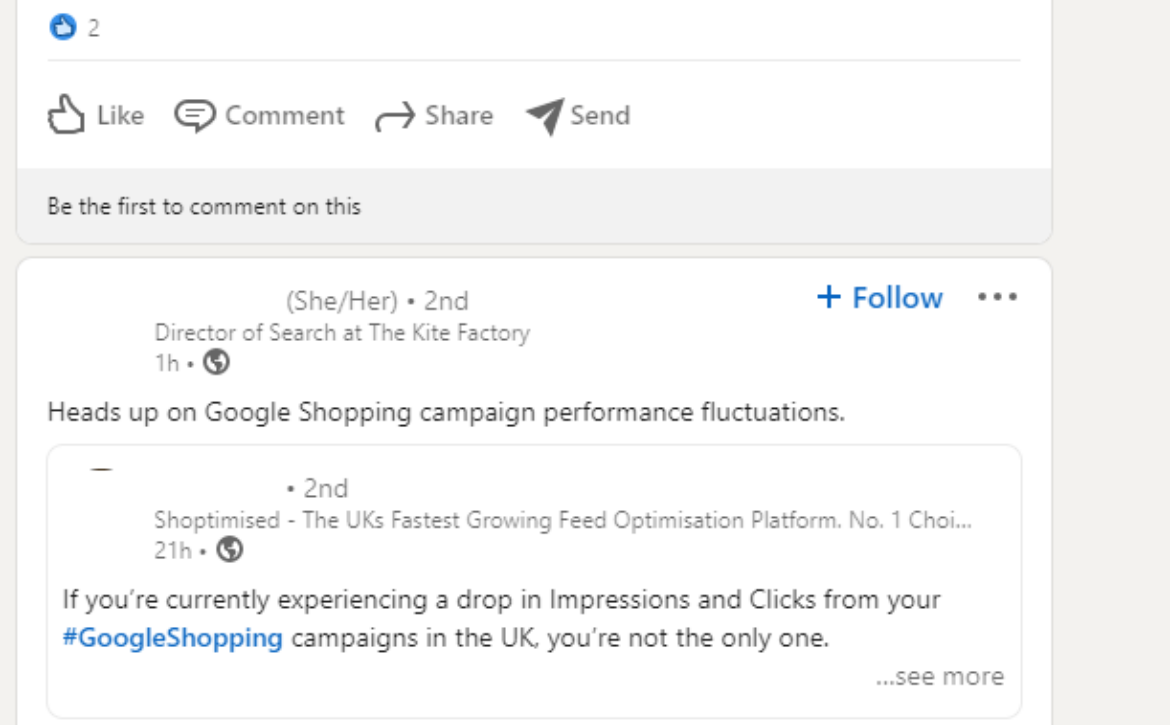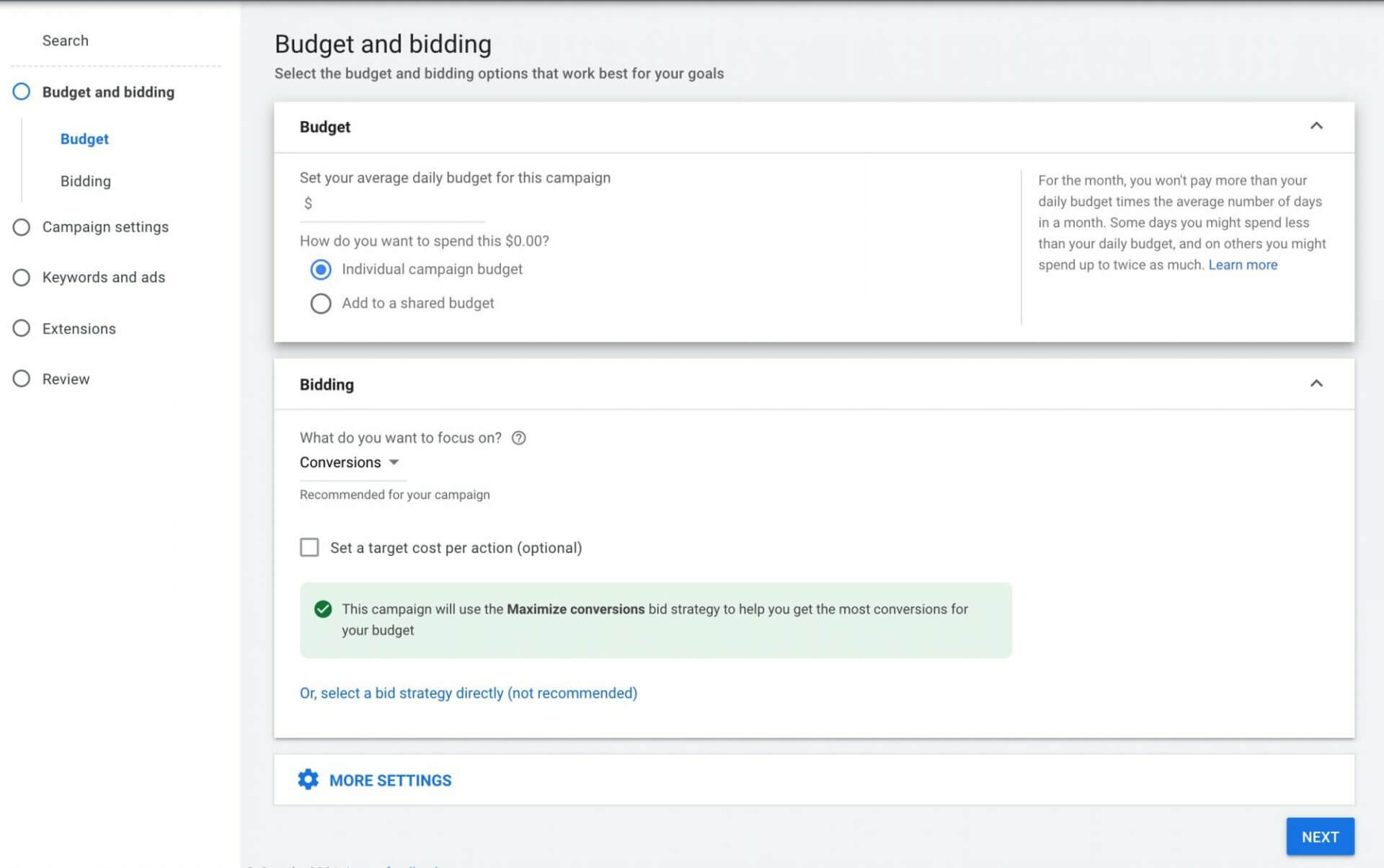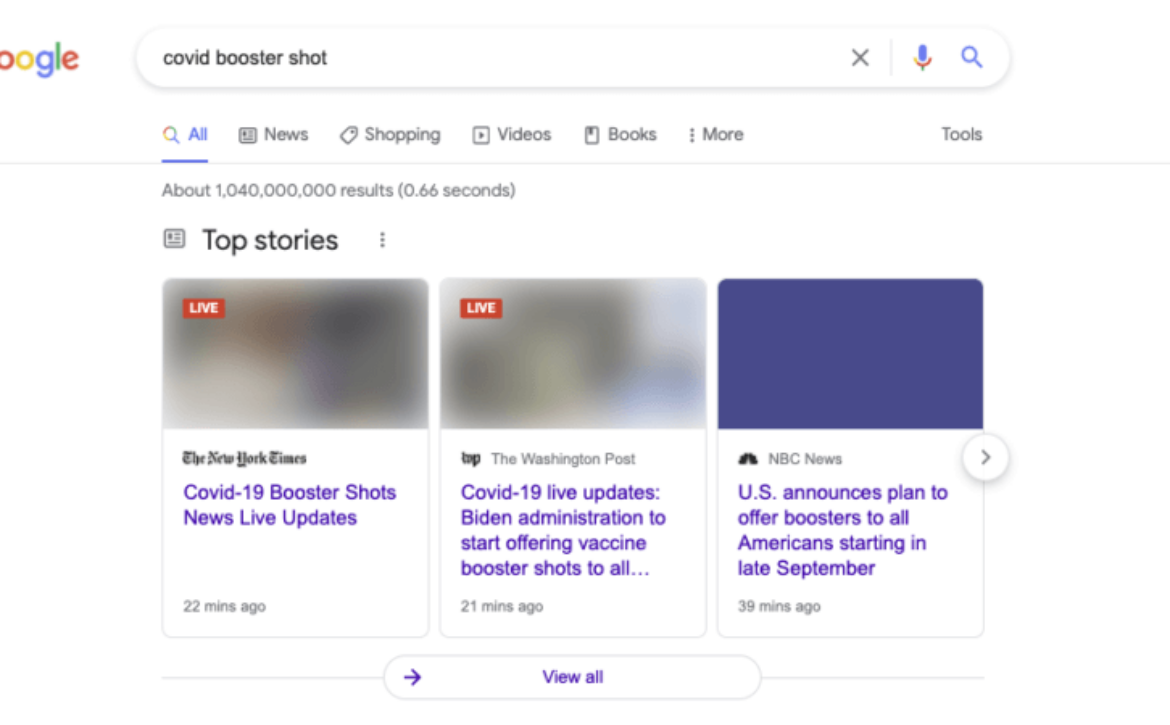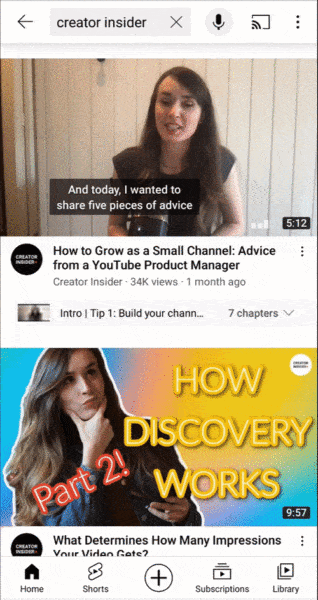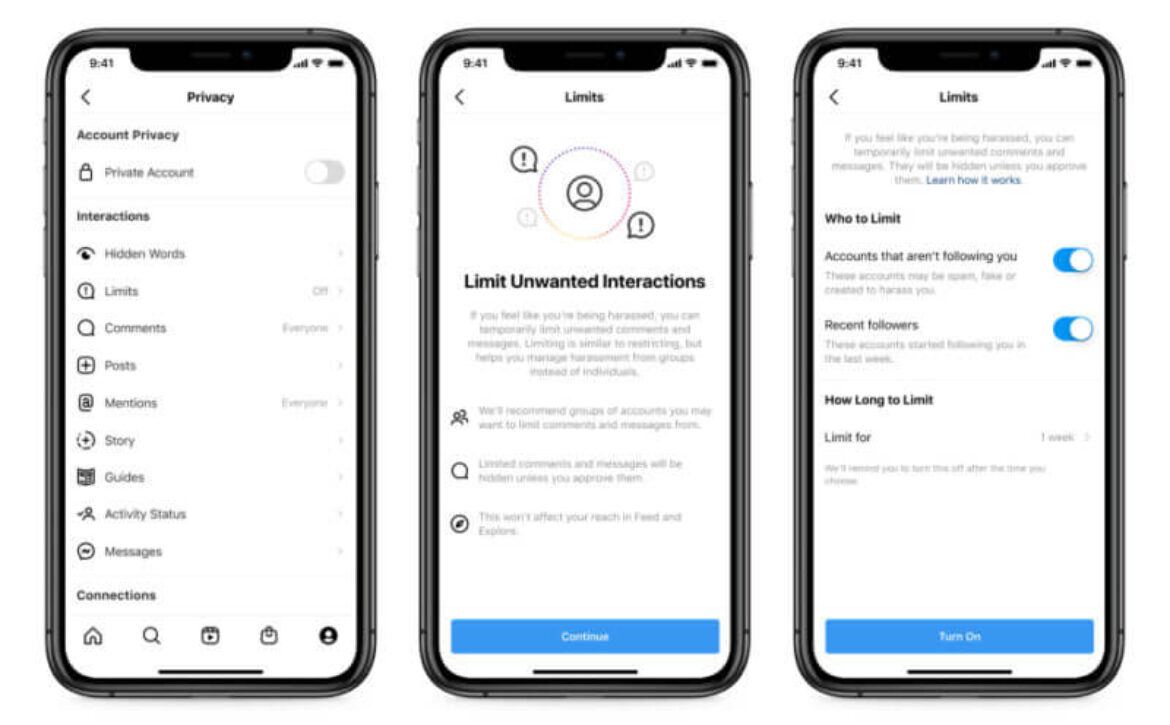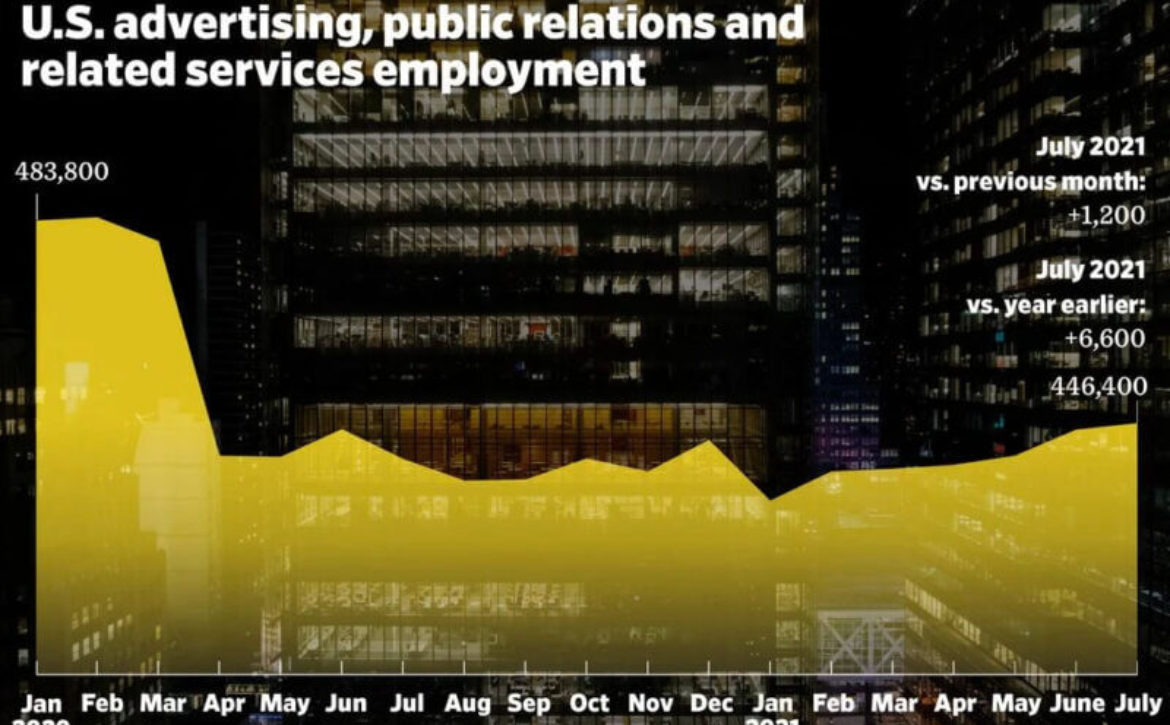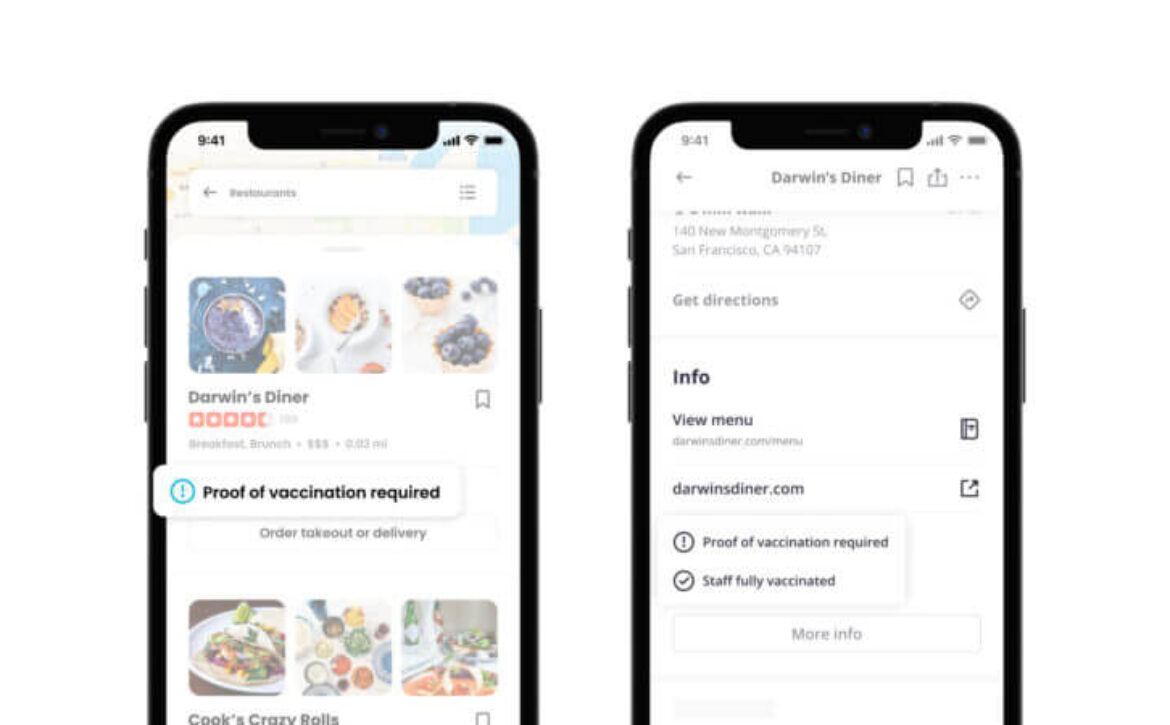Will Google change this title?; Thursday’s daily brief
Search Engine Land’s daily brief features daily insights, news, tips, and essential bits of wisdom for today’s search marketer. If you would like to read this before the rest of the internet does, sign up here to get it delivered to your inbox daily.
Good morning, Marketers, the title tag debacle has to improve, right?
Google has confirmed it changed how it goes about creating titles for search result listings, and you can read more about that below, but the explanation isn’t very cathartic for search professionals who meticulously craft their titles, factoring in things like keyword research and audience personas.
The company says that, in its tests, searchers actually prefer the new system. It’s hard to believe that people prefer outdated titles that refer to Joe Biden as the vice president, to point out a particularly egregious example. Google knows this — in fact, it has even set up a thread where you can upload examples and leave feedback. That’s a promising start, but in the meantime, click-through rates are suffering and users may be confused.
This is an interesting predicament because the vast majority of sites don’t have SEOs to optimize their titles, which means that the change may potentially benefit those sites and the users who are searching for that content. However, it may negate or even hurt the work that our industry is putting in. Is this a case of the greater good outweighing the needs of the few? Has your brand been impacted? What’s your outlook on this? Send your thoughts my way: gnguyen@thirddoormedia.com.
George Nguyen,
Editor
Google confirms it changed how it creates titles for search result listings
After more than a week of bewilderment and, for some, outrage, Google confirmed that it changed how it creates titles for search result listings on Tuesday evening. Previously, Google used the searcher’s query when formulating the title of the search result snippets. Now, the company says it generally doesn’t do that anymore. Instead, Google’s new system is built to describe what the content is about, regardless of the query that was searched.
The new system makes use of text that users can visually see when they arrive on the page (e.g., content within H1 or other header tags, or which is made prominent through style treatments). HTML title tags are still used more than 80% of the time, though, the company said. Google designed this change to produce more readable and accessible titles, but, for many, it seems to be having adverse effects — just check out the replies in the Twitter announcement. Fluctuations in your click-through rate may be related to this change, so we suggest you make note of it in your reporting.
SERP trends of the rich and featured: Top tactics for content resilience in a dynamic search landscape
The search results change all the time — not just the order of the results, but the features and user interface as well. Over the years, we’ve seen blue links get crowded out in favor of featured snippets, then featured snippets became less prominent as knowledge panels proliferated, and so the cycle goes. So, how do you ensure that your content stays resilient and continues to attract the traffic that your business relies on as the SERP evolves?
At SMX Advanced, Crystal Carter, senior digital strategist at Optix Solutions, outlined the following potential strategies for greater SERP resilience:
- Optimize content for mixed media featured snippet panel results. There are often multiple site link opportunities in featured snippets (from images and/or videos), so you might be able to attract clicks even if you don’t “own” the snippet.
- Create knowledge hubs for potential contextual linking developments. Google often experiments with new features on live search results, as it did with image carousels with featured snippets. Late last year, it tested out contextual links, and for some niches, this could be a way to gain more visibility or further branding if contextual links receive a wider rollout.
- Build structured data into your website before rich results arise. It doesn’t take that much effort to do, it informs search engines about the nature of your content and if search engines end up supporting the structured data with a rich result, you’ll be ready.
- Use intent-focused long-form content to potentially benefit from passage ranking. This may help you extract extra search visibility from your detailed content.
Stickers to replace ‘swipe-up’ links on Instagram
On August 30, Instagram will deprecate support for the “swipe-up” link (in Instagram Stories) in favor of a “Link Sticker,” TechCrunch reported on Monday. The Link Sticker will behave much like the poll, question and location stickers in that creators will be able to resize it, select different styles and place it anywhere on their Stories.
Why we care. This change may enable greater engagement between audiences and creators. The swipe-up link only enabled users to swipe up (or they could bounce to the next Story), but Stories with Sticker Links behave like any other Story: users can react with an emoji or send a reply.
Creators that can access swipe-up links will have access to Sticker Links. For SMBs, that may mean that they still don’t meet the follower threshold, unfortunately. However, Instagram says it’s evaluating whether to expand this feature to more accounts down the road — I wouldn’t hold my breath for that, as more accessibility to Sticker Links may have safety implications, especially if bad actors use it to promote spam or misinformation.
You saw my Post where, now?
Google Posts can now appear on third-party sites. Google has posted a notice stating that “Your posts will appear on Google services across the web, like Maps and Search, and on third-party sites.” The company has yet to provide further detail on the nature of these sites, the implementation or if they’ll simply be embeddable by all. Thanks to Claire Carlile for bringing this to our attention.
What should you ask at the interview? There are a lot of jobs available right now, so you may have your pick. Jasmine Granton has published a great thread of questions you should ask to narrow down your prospects.
Nike’s robots.txt. If I told you what it said, that’d ruin the joke. Go see it for yourself at nike.com/robots.txt. Thanks to Britney Muller for sharing this one.
Working remotely? Here’s how to make friends with your coworkers
We’re now very, very deep into working during/around the pandemic. Over the course of the last year and a half, you (or some of your colleagues) may have switched jobs and, now that organized happy hours have sort of lost their appeal, you may be wondering how to build relationships with new coworkers.
To help us all be less socially awkward, WIRED’s Alan Henry offered the following tips:
- Ask colleagues to hop on a video call just to chat about what they’re working on or their interests. You could do this over a coffee, drink or even ice cream. And, be willing to reschedule if you or they just aren’t up for it that day.
- Make plans for after you complete a big project. The work is done and people are more likely to be in a celebratory mood.
- Join in on the conversation. When someone shares photos of their pets, you can share some of yours too (also works for kids!). Share your sense of humor by commenting on jokes or sending memes.
- Follow your coworkers on Twitter, or Instagram and TikTok, if you’re comfortable with interacting with them on those platforms.
“The fun never happens organically when you’re all stuck behind screens,” Henry wrote, “You have to make it happen, which means putting yourself out there and making yourself (and possibly someone else) slightly uncomfortable.”
The post Will Google change this title?; Thursday’s daily brief appeared first on Search Engine Land.



